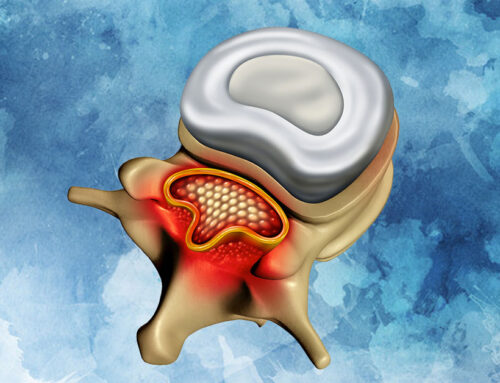
What is Ilioinguinal or Genitofemoral Neuralgia?
Damage to the ilioinguinal nerves or genitofemoral nerves results in pain in the groin area, along the distribution of these nerves. In other words, the pain occurs in the areas that are supplied by these nerves. This pain is called neuralgia.
What are the Ilioinguinal and Genitofemoral Nerves?
The groin is supplied by a group of nerves that control sensation and certain muscle functions. The ilioinguinal nerves and the genitofemoral nerves arise from the spinal cord and supply the skin and structures around the groin area, including the genitals.
What causes Ilioinguinal or Genitofemoral Neuralgia?
The common causes include injury or trauma to the nerves due to some type of surgery that has been performed in the area. For example, patients may develop ilioinguinal neuralgia following an inguinal hernia repair. In addition to this, a tumor or cancer within the abdomen can compress on these nerves and cause pain as well. Trauma to the abdominal wall can also be a cause. Sometimes there may be problems within the spinal cord which cause compression on these nerve fibers as they emerge from the spinal cord.
Symptoms and Diagnosis
Patients usually complain of pain in the groin and in the genital area. There may be tingling and altered sensation in the area supplied by the nerves as well. On examination, the doctor may identify a loss of sensation in areas such as the inner thigh and genitals. The muscles at the front of the abdominal wall may be weak.
Most of the time, a diagnosis is made from reviewing the patient’s clinical history, performing a risk factors assessment and a clinical examination. Nerve blocks may be conducted using an anesthetic agent to identify whether the ilioinguinal nerve fibers or genitofemoral nerve fibers are involved.
How is Ilioinguinal or Genitofemoral Neuralgia treated?
Painkillers may have been tried in both cases but may not help control the symptoms adequately. However, this should still be offered initially to patients to see if they help. Any precipitating factors that can worsen the pain should be avoided. For example, sitting for long hours can worsen ilioinguinal pain and should be avoided.
Another strategy that can be used is blocking the nerve signals by using a local anesthetic injection. This is performed by anesthesiologist and may have reasonably good results. If this does not work, steroid injections may be useful.
Newer treatments have emerged such as pulsed radio frequency, which is usually offered only if the above treatment options fail.
Sometimes treatments such as cognitive behavioral therapy may be offered side-by-side with the above treatment options to help patients get over the pain faster and manage symptoms at home more efficiently.







